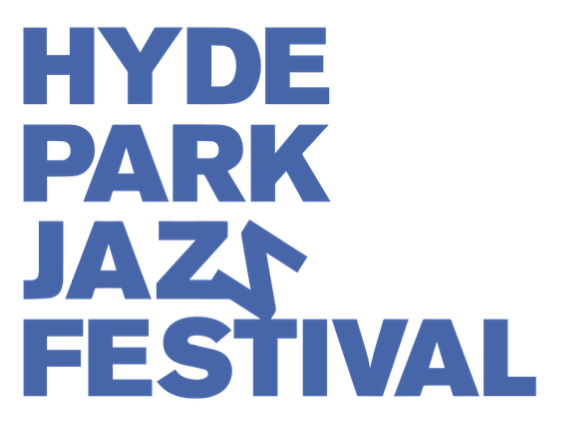Angel Bat Dawid, Isaiah Collier Perform New Commissions at Hyde Park Fest
By James Porter
Oct. 4, 2019
A strong community feeling permeated The Hyde Park Jazz Festival, which ran Sept. 28-29 across twelve different locations on Chicago’s South Side.
When vocalist Maggie Brown, daughter of Oscar Brown Jr., asked an audience if they remembered jazz at the Alley—an outdoor music festival that was held in an alley at 50th and Langley back in the ’60s and ’70s, but recently was resurrected—several hands shot up.
Even though this particular weekend was hampered by rain, a respectable cross-generational and interracial audience still turned up in jackets and long coats to enjoy music outdoors. Indoors, too: a pair of evening shows by Ambrose Akinmusire did turn-away business.
But a special feature of the festival this year was a pair of new commissions by Chicago performers, unveiled at the Reva and David Logan Center for the Arts on Sept. 28th: Angel Bat Dawid’s Requiem For Jazz and Isaiah Collier & The Chosen Few’s Story Of 400 Years. Dawid’s piece offered redemption from hard times, while Collier’s wallowed in them. But both managed to strike a resonant chord with audiences.
Dawid is a familiar name on Chicago’s jazz and improvised music scene, having played with Damon Locks, Jaimie Branch, Matthew Lux and Ben LaMar Gay, even performing in a woodwind duo with Roscoe Mitchell. The bandleader also recently issued her debut full-length, The Oracle, on local imprint International Anthem. But on this afternoon, she led an ensemble, attired all in white, playing a piece that was a response to Ed Bland’s 1959 movie The Cry Of Jazz, which basically asserted that jazz is dead. Toying with the film’s premise, Dawid’s Requiem For Jazz was conceived as a 12-part funeral mass. While it addressed death, the piece seemed relatively cathartic. Dawid often preached to the audience to amplify verbal statements, repeating phrases like a preacher would, and the audience responded in kind. Accompanied by a slide show that illustrated key points in the “memorial service,” the ensemble did a good job of getting their point across. For a supposed interment, the piece had the effect of a New Orleans funeral procession, celebrating rather than burying.
